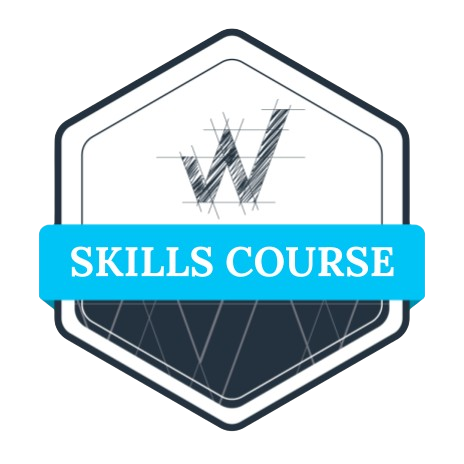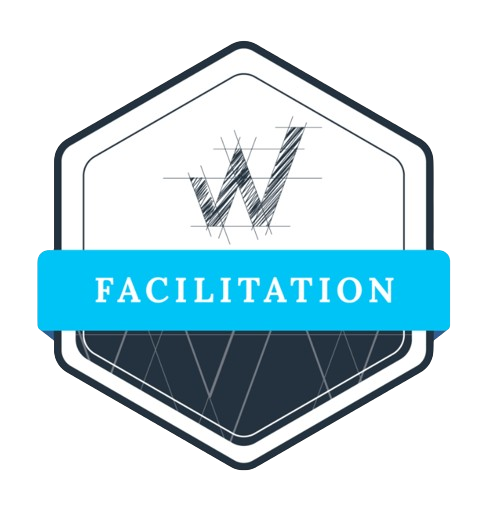Zenefits Rolls Out an In-House Sales Academy
Jeff Hazard, VP Sales at Zenefits, and Morgan Hunt, Director Sales Enablement and head of the Zenefits Sales Academy, are thinking differently about sales training. They don’t want to ‘do training’, but rather create a coaching culture and boost SaaS sales results. They want to use training to send a message about culture and values at Zenefits. What did they do? They turned a room of foosball and ping pong tables into a classroom and launched an in-house Sales Academy.
Zenefits Sales Academy Story from Winning By Design on Vimeo.
Figure 1: Click to watch a video of the Sales Academy in action
The Zenefits Sales Academy is not just providing formal training, but also daily roleplay and a safe zone for teams to practice – a lot. Students report they have learned more in three weeks at Zenefits than in a full year at previous employers. The sales VP reports record results and a team that is supporting each other to learn and grow to even greater heights going forward.
Does this sound far fetched and a heavy lift for a small or medium-sized private company?
Think again!
Why should you rethink SaaS Sales Training?
As your company starts to grow, you need to hire new sales people, on a quarterly, monthly, or even weekly basis. Onboarding all sales people to get to full productivity as soon as possible can create enormous value.
Let’s assume a sales person is commissioned to bring in $250,000 per quarter.
Now let’s compare two onboarding scenarios:
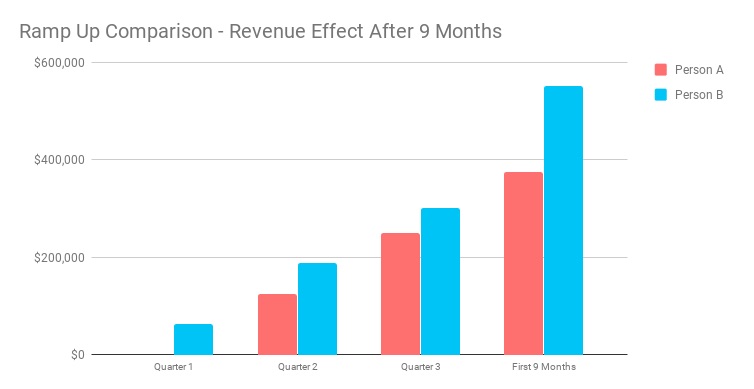
Figure 2: Revenue loss from undertrained salespeople over time
Getting just one person to ramp more quickly could earn your company $175,000 in top-line revenue in just 9 months. If you are hiring just 10 new people this year, that’s almost $2M. Employees who are successful are also less likely to leave. Do your own math and you’ll find that investing in training new salespeople is among the most profitable actions you can take.
The Science of SaaS Sales Training
Just like there is a science of sales, there is a science of learning. Here are some important rules:

Figure 3: The 70:20:10 rule, or how we learn
In learning science, there is a 70 : 20 : 10 rule:
- Ten percent of learning comes from formal classroom style training
- Twenty percent of learning comes from comparing notes with your peers
- Seventy percent of learning comes from doing
It is no surprise then, that sports teams spend most of their time on the field with a coach giving real-time directions – and not in the classroom.
The Forgetting Curve: Learning science says that only 21% of what you learned is left after 31 days. The way to combat this forgetting curve is repetition.
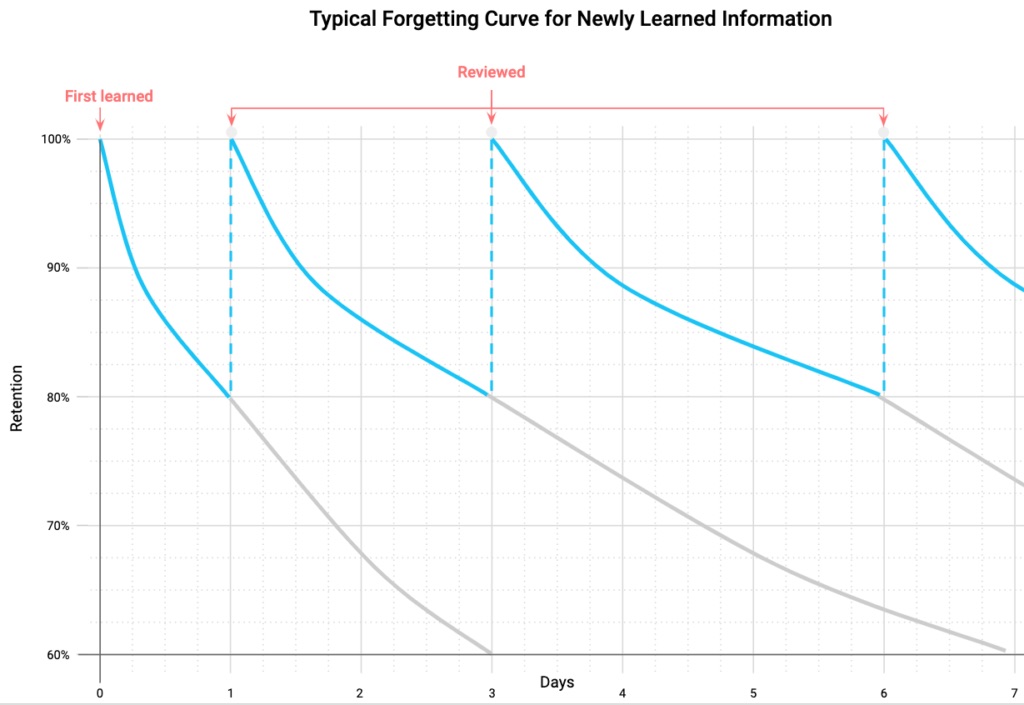
Figure 4: Typical forgetting curve for new information
Source: https://www.educationcorner.com/the-forgetting-curve.html
You Learn by Teaching: You learn from teaching others new concepts. When medical students go through their training, before they can graduate, for each procedure they need to:
- See it
- Do it
- Teach it
Only after teaching a procedure to another student is mastery achieved. For sales reps to consistently provide feedback to each other, you need a clear definition of what good looks like. See more on this below when we speak about implementation.
The Flipped classroom: There is a trend in education called The Flipped Classroom. In a flipped classroom model, the student studies the core materials and home, and class time is reserved for practice. For example, in a flipped classroom Algebra class, students will study the math theory at home using their textbooks and will solve problems together on the board or in small groups while in the classroom. This is the opposite of a traditional class, where theory gets taught during school and problem solving is reserved as homework.
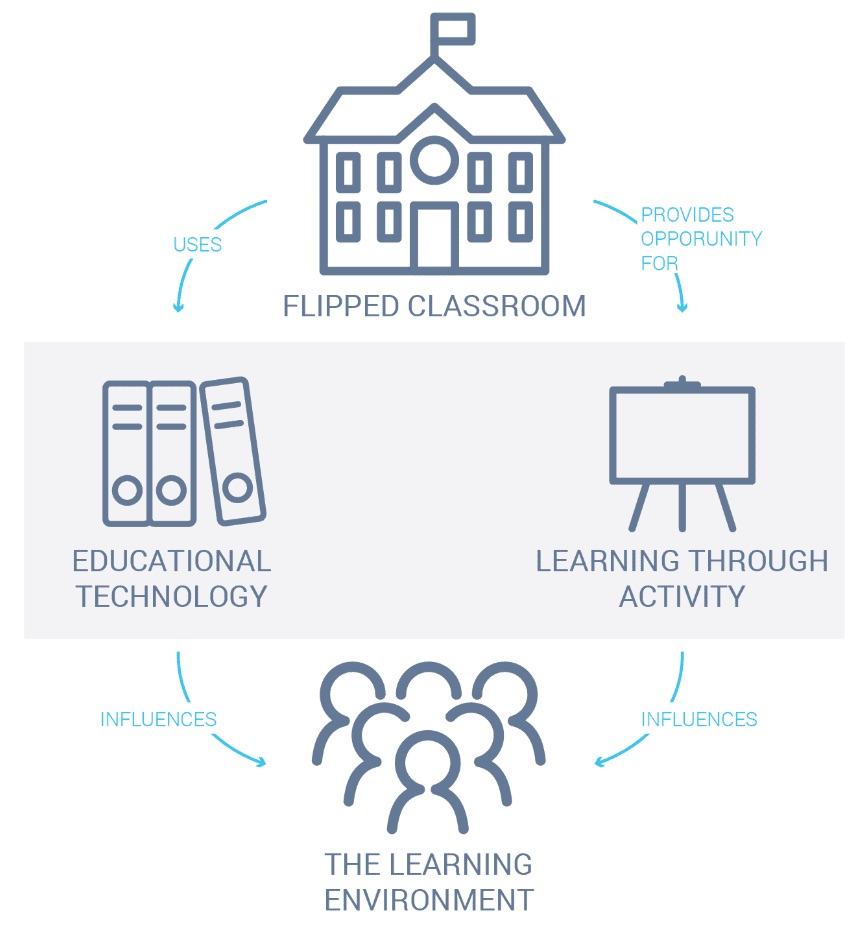
Figure 5: The Flipped Classroom in Action
Blended Learning Models: Combining different modes of learning, online self-study and live, instructor-led sessions, is called blended learning. Blended learning and the flipped classroom are often related. Both aim to free up more time for learning through activity, which improves student outcomes.
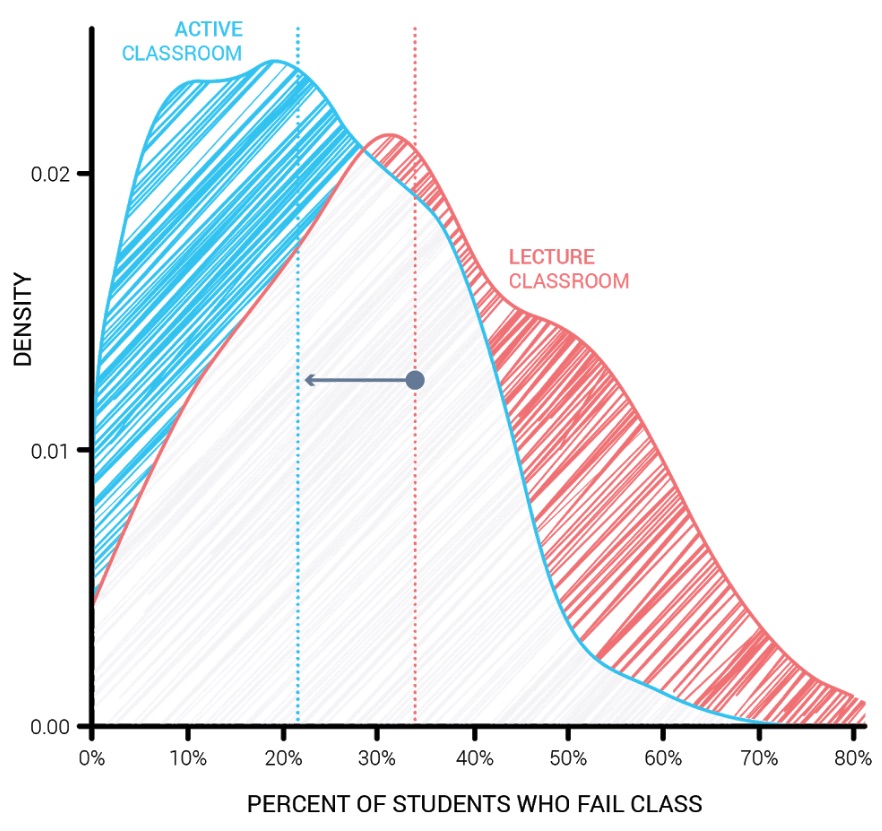
Figure 6: Lower failure rates among more active learning modes
Source: https://blog.moodlearning.com/top-5-benefits-of-a-blended-learning-platform/
Change is Hard
It is common to be excited about new material initially, to try and use it, find out it’s harder than it looked, and then sliding back into old habits, forgetting all about the training.
This common pattern has been documented in the change curve or learning curve and follows a similar pattern to a grieving process. Initially students are excited about the new material, but as they are trying it, it turns out be harder than it looks and they fall into a trough of despair. Many at this point revert to prior behavior, unless you force them into ongoing practice to achieve the plateau of productivity.
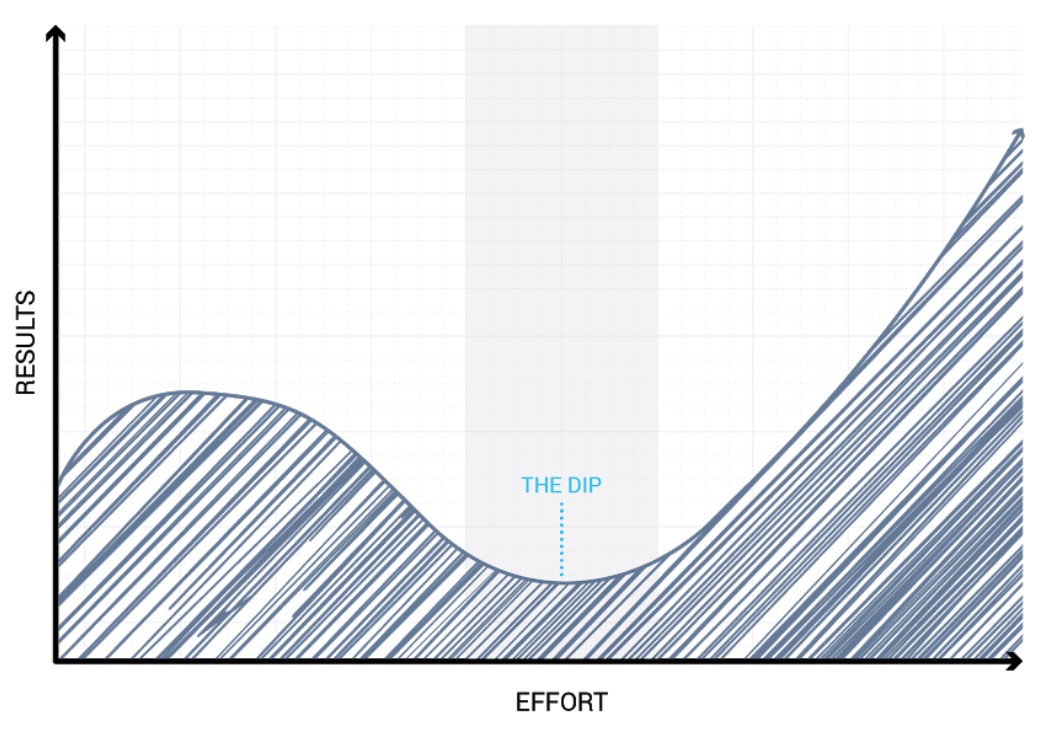
Figure 7: The Learning Dip
Source: https://www.rypeapp.com/blog/the-learning-curve/
How NOT to do sales training
Shadow the superstar performer. Many early stage companies simply buddy up a new hire with an existing high performer. However, what works for your superstar may not work for your new hire. Also, as a company, you lose control over your sales recipe or formula and outsource this to an individual contributor. Worse, your rock star may be distracted by coaching new people and bring in less revenue. Last, a good performer is not necessarily a good trainer or coach.
Rely on an external trainer alone. Bringing in an external trainer has several drawbacks as well. No matter how good the training, what happens when you hire new people the month after the external training? Are you going to bring the trainer back?
The two-week boot camp. Many companies start off new employees with a two-week training program which covers everything from HR, IT, to job-specific training. While often necessary, this internal program is not sufficient to get salespeople to full productivity in a short period of time. Unless sales reps get to practice, they will forget 79% of what you taught within 31 days
Hiring experienced sales staff. Some companies skirt the issue of sales onboarding by relying on experienced hires only. These hires don’t need training, they reason. Any rep, experienced reps included, has blind spots. Also, without training, the rep will use his previous company’s formula for success on your business, which may or may not be (completely) applicable. If reps feel they don’t need training, you can tell them they need to get trained not on sales, but on sales at YOUR COMPANY. Only then can you be sure everybody is on the same page.
How YES to do SaaS Sales Training
The key to doing sales training right is:
Pro Tip 1: Pick one key performance indicator to improve. If there is one thing you take away, it is this: don’t do training for training’s sake. You train to accomplish an outcome. This can be anything from morale, employee turnover, to hard sales productivity measures such as improving discovery call to demo call conversion rate. Whatever it is, pick one measure to focus on each quarter. When you learn golf, your coach will not give you five new things to try at the same time. Rather, your coach might say, “adjust your grip” and then you will practice that for weeks before moving on.
Pro Tip 2: Spread out your formal teaching. To spread out classroom learning of new concepts out over a period of time, for example two-hour sessions, once a week, for six weeks. Don’t make lessons too long. Using bite-sized learning modules, different modalities of learning (blended learning), and ongoing practice, you have a much better chance that the concepts taught will actually be implemented in real life.
Pro Tip 3: Built in peer-based learning. Provide ample opportunities for peer interaction. Have students sit in on or review each other’s sales calls. If possible, record sales calls to make this easier.
Pro Tip 4: Think coaching, not training. Use a flipped classroom model where an online learning journey can help guide students through the theory and your managers coach students through practice sessions and provide feedback on real customer interactions.
Pro Tip 5: Practice, practice, practice. To learn by doing (the 70% of learning), ongoing practice is required. Even Stephen Curry practices daily and warms up before each game. We recommend a Quarterly, Monthly, Weekly, and even Daily practice schedule. There also should be Quarterly, Monthly and Weekly one-on-one coaching moments. See below a sample sales coaching calendar:
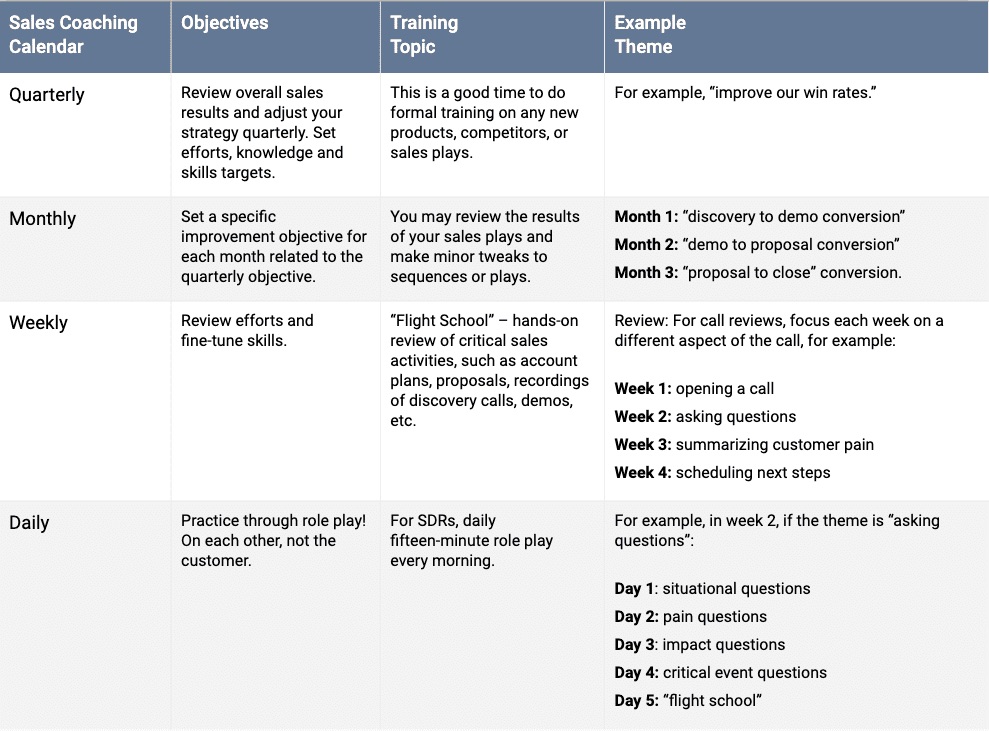
Pro Tip 6: Think Long Term. Don’t think of your sales academy as a two- or three-week program. Ideally, it is a multi-year program that will also coach sales reps to improve performance on a continuous basis and will help reps be successfully promoted to greater areas of responsibility over time.
Pro Tip 7: Don’t Assume Experienced Reps Don’t Need Training. Don’t assume that all your reps have mastered all critical sales skills, even if they are experienced. Remember there is no degree in sales and your sales process and critical skills may be different from their former employers.
Pro Tip 8: Inspect if reps implement learnings. Inspect to the quality of the work product and, just by paying attention, the quality will magically go up. It will make sure people progress on the change curve.
How to build an in-house Sales Academy
So, how do you start to build an in-house sales academy like Zenefits did?
There is a proven formula for successful in-house sales academies:
Step 1: Document your sales playbook. A sales playbook does not have to be elaborate. In fact, we recommend that you initially document your sales process on a single page and define what needs to happen before, during, and after each stage.
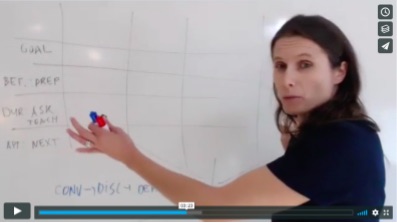
Figure 8: Click to Learn How to Document a Playbook
Step 2: Define what good looks like for each sales stage. For each critical sales activity, define what good looks like. Create a template for a good account plan, a good proposal, and most important, create a blueprint of what a good sales call sounds like. You don’t need a script, but a checklist of items for each key customer interaction. Having a checklist will enable you to have reps practice calls and review each other’s work.
Here’s an example of a blueprint and a checklist for a good discovery call:
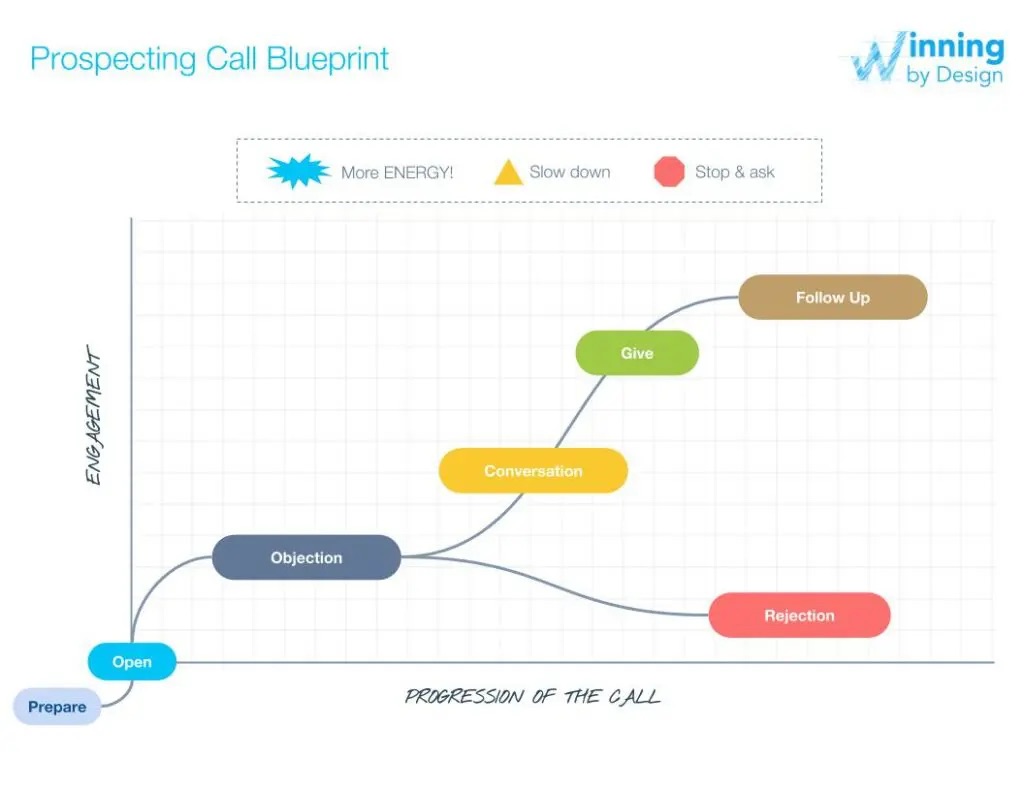
Figure 9: Blueprint of a Discovery Call
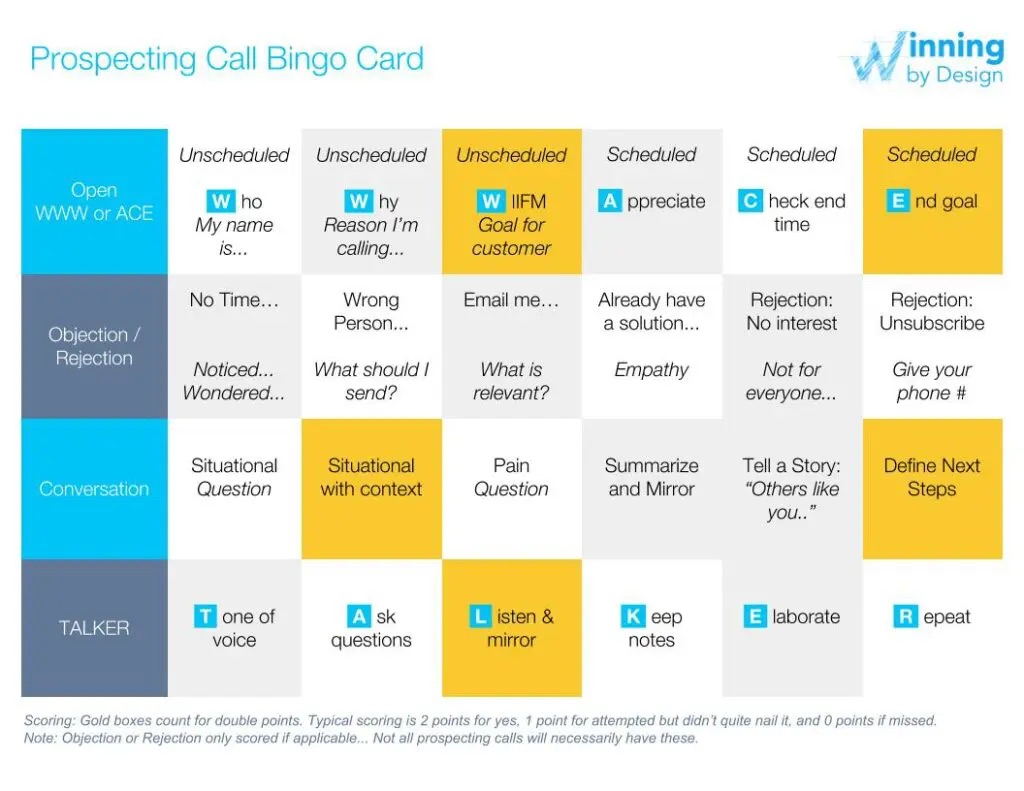
Figure 10: Blueprint of a Prospecting Call
Step 3: Implement an online learning journey. Having an online learning journey allows you to get new hires studying on day one, without them having to wait for a cohort to be complete or a new onboarding class to start. All new hires should go through an online learning journey. The course should include modules on:
- Your product,
- Your market (and customers), and;
- Critical sales skills.
An online learning system will also help implement a flipped classroom model.
Each module in your online learning journey could include:
- A short video
- A short reading assignment
- Multiple-choice questions
- A homework assignment to put the new concept into practice
Step 4: Train your managers to be coaches. Managers don’t have to become professional trainers, but they must be professional coaches. In other words, when new material is first introduced, bring in experts in each topic (product, market, sales skills), but train your managers how to follow-through with quarterly, monthly, and weekly practice sessions. As the VP Sales, ensure that your managers are following through on coaching and incorporate questions about practicing skills into their 1:1s with reps.
Sample Weekly Coaching Schedule
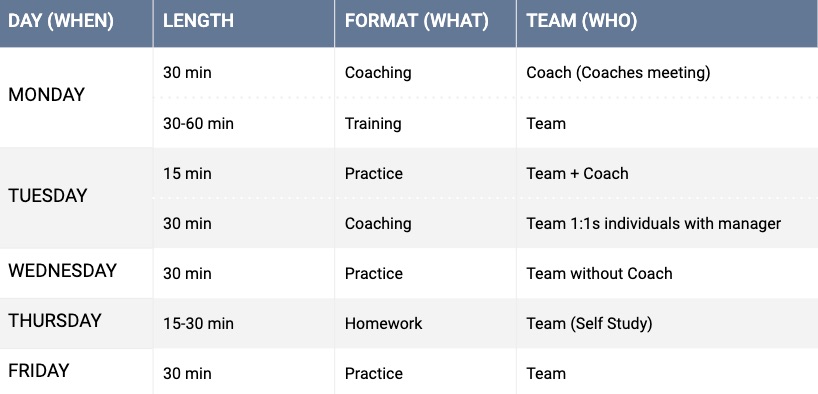
Step 5: Give students homework. Your online learning journey should include homework that encourages students to put the teachings into practice. Homework must be completed and reviewed before continuing onto the next module. Many modules will build on each other and you can’t build a house on a shaky foundation. This is the idea behind mastery based learning, such as promoted by Khan Academy for math education in The United States.
For sales reps homework assignments could be:
- Performing research on a prospect
- Completing an account plan
- Writing prospect emails
- Leaving a voicemail
- Recording a customer call
Each student should have a coach, typically their manager, who ensures homework gets reviewed and completed. The manager doesn’t necessarily review the homework him/herself. Instead, a manager may ask more tenured reps to review the homework instead. Not only the new hire will learn from this experience, also the experienced rep.
Step 6: Hold students accountable through certification. Test your students on their retention of the material. Each module you teach should conclude with a test to ensure students take the training seriously and that they have indeed comprehended the concepts.
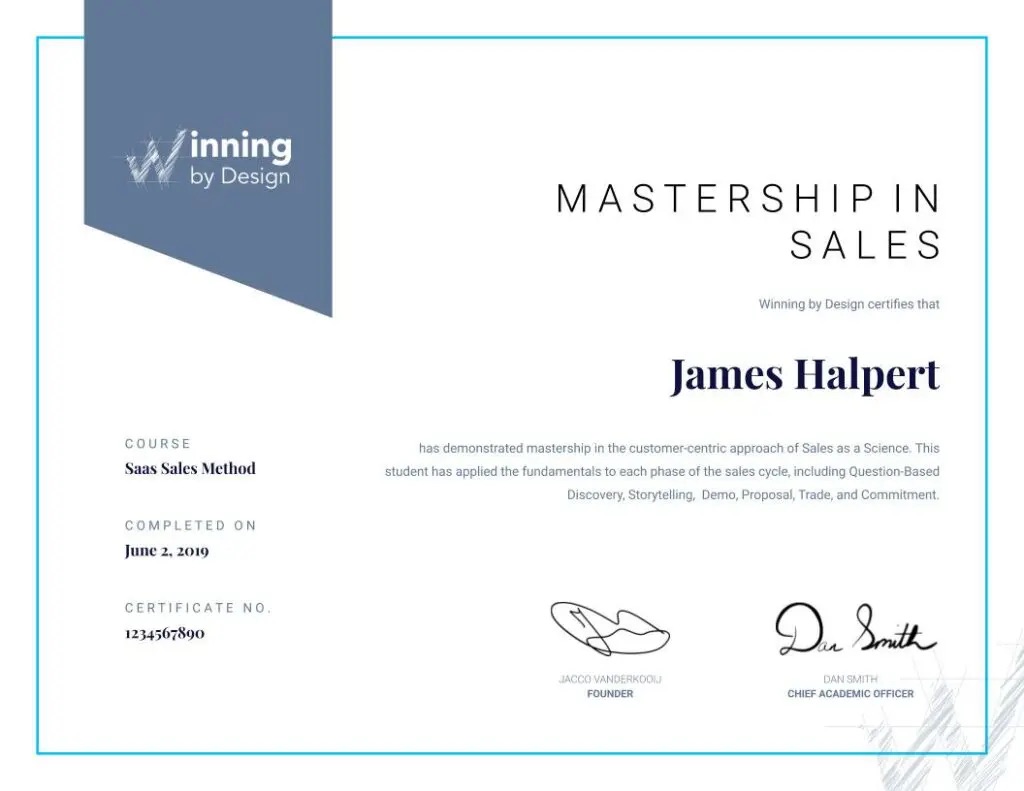
Step 7: Mark your culture change with an in-person event. There are good reasons to eventually have every student also go through a live training session with an internal or external trainer. These events can help to create momentum and morale and mark a change in culture or could be a culmination event for the group. Recognize that these binge-learning events are more of an experience to remember than an actual learning opportunity since so much of what you teach in a single day will be forgotten the next week.
Step 8: Leverage Technology
Playbook automation. Provide reps with turn-by-turn directions whenever you can. I can try to teach my kids how to memorize the walk from our home to the library across town or I can give them Google Maps. The turn-by-turn directions of Google Maps virtually guarantee they will arrive in the right spot. It is no different for sales reps. You can use your CRM to provide turn-by-turn directions to your account executives. There are cool plugins like Membrain and new technologies like Inflowz that automate the process. You can also use sales automation like Outreach.io and Salesloft.com for turn-by-turn directions for SDRs and many CSMs use Totango or Gainsight (or a project management tool).
Learning management system (LMS). We recommend that you use a learning management system to provide asynchronous, bite-sized onboarding experience for new hires. An online learning experience can start any time and is an efficient way to get new hires going on day one. A professional LMS will allow you to add certification quiz questions and homework assignments and will have built-in reporting to make it easy to see which of the students have completed modules and passed tests.
Conversation analytics. Weekly flight school sessions where reps review actual customer conversations are among the most effective coaching tools out there. Perhaps students don’t care about their managers’ feedback, but they sure don’t want to look bad in front of their peers. We recommend you invest in a call analytics software platform such as Chorus, Gong, or Refract.
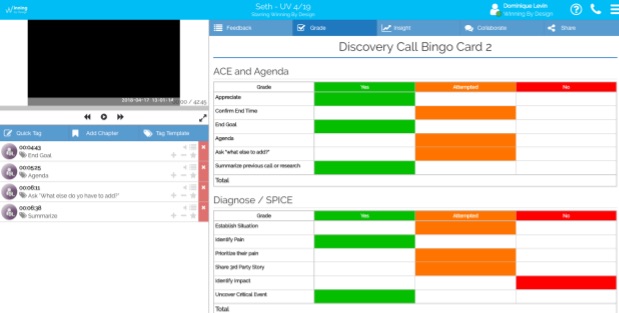
In conclusion, setting up an in-house sales academy, like all worthwhile things, takes real planning execution, and ongoing commitment. Hopefully this introduction will set you on your own path to establishing your own internal training culture.
Key takeaways:
- Investing in training is profitable and strategic
- Learning science guides the way to how to increase sales productivity
- Sales training should be a core capability, not completely outsourced
- Setting up an in-house sales training (sales academy) program takes dedication
- There is a science to doing sales training right and you don’t have to reinvent the wheel
For more information and training on this and other sales related topics, we encourage you to check out our Open Courses.
